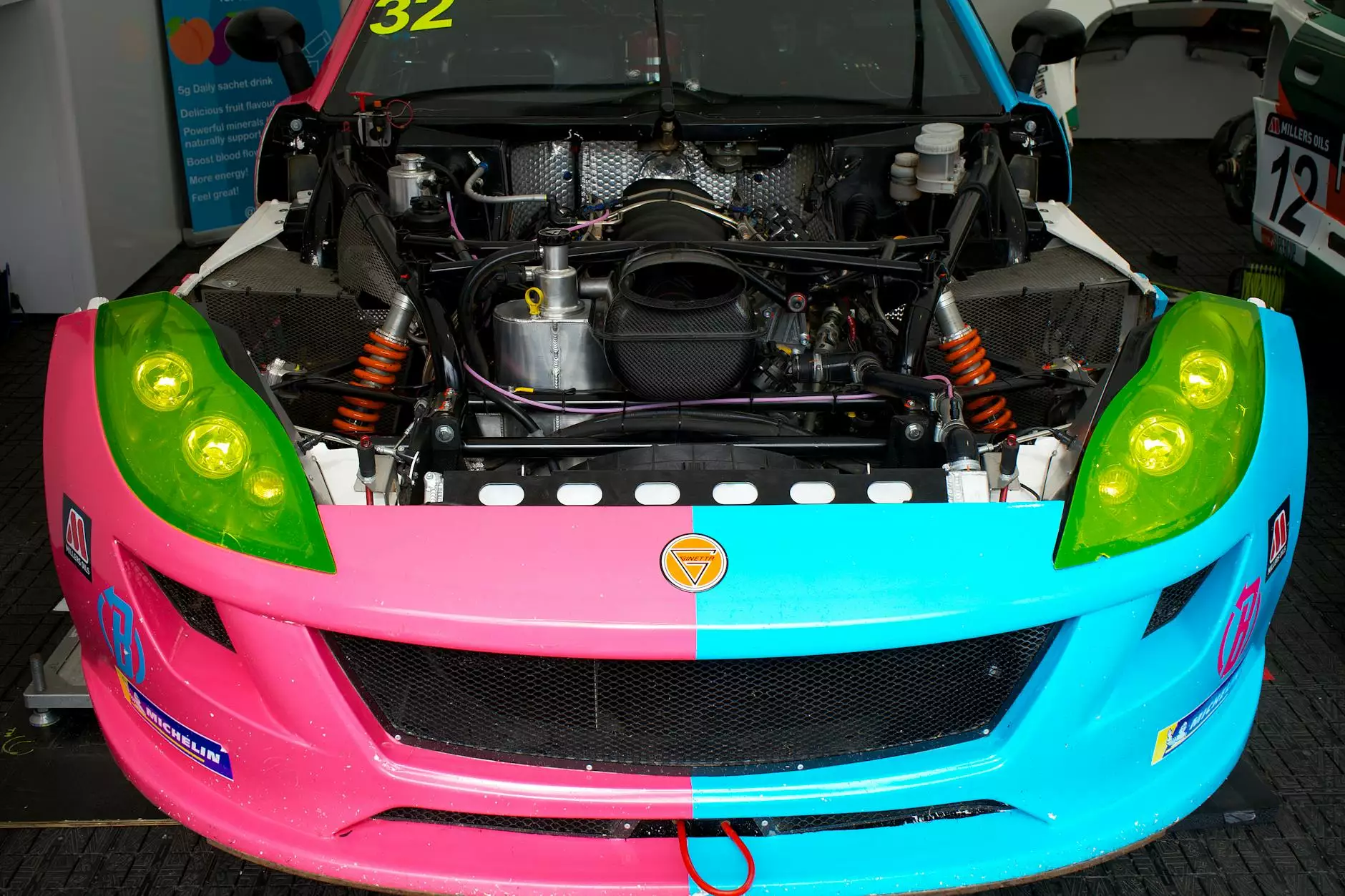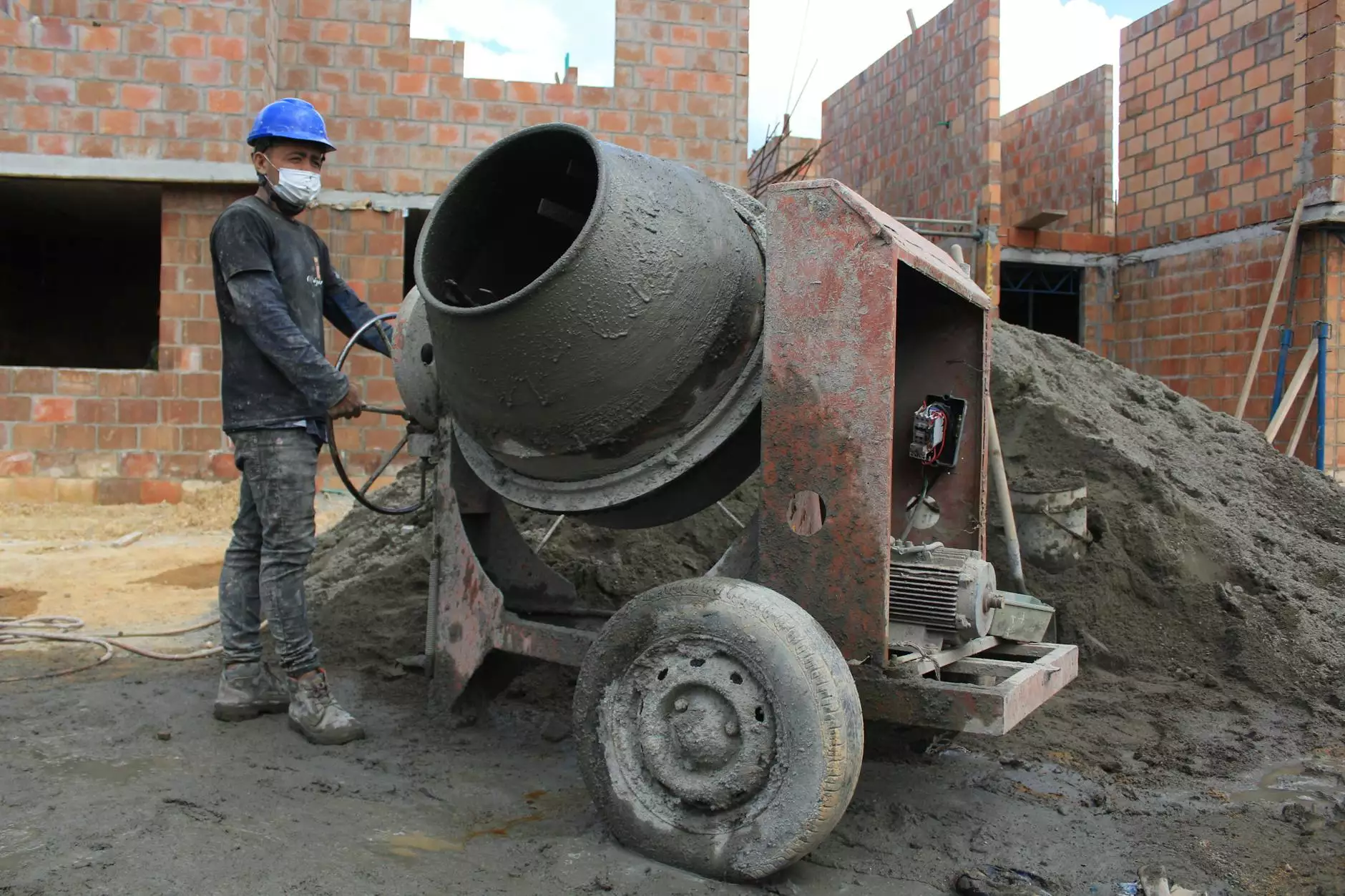Understanding Shock Absorber Components: A Comprehensive Guide

Shock absorbers are integral to any vehicle's dynamics and safety. The shock absorber components work together to ensure that the ride remains smooth, balanced, and safe under various driving conditions. This article delves into the various components of shock absorbers, their importance, and how they significantly enhance vehicle performance.
What Are Shock Absorber Components?
At the heart of every suspension system, shock absorber components are designed to maintain vehicle stability and comfort. Essentially, these components control the rate at which the vehicle's suspension moves and helps to eliminate excessive bouncing after a bump in the road. Here's a breakdown of the essential components involved:
1. The Cylinder
The cylinder is a metal tube that houses the shock absorber fluid and piston assembly. It plays a vital role in ensuring that the fluid remains under pressure, which is essential for effective shock absorption.
2. Piston Assembly
The piston assembly consists of a piston that moves within the cylinder. As the suspension compresses and extends, the piston moves, creating hydraulic fluid pressure that dampens the vibrations from the road. This assembly is crucial as it directly affects how well the shock absorber can respond to dynamic road conditions.
3. Hydraulic Fluid
The hydraulic fluid is what makes the shock absorbing action possible. It moves through valves in the piston assembly to control the flow of pressure as the vehicle encounters bumps. The type of fluid used can affect performance significantly, with some high-performance shocks using specialized fluids that resist changes in viscosity.
4. Valves
Valves within the piston assembly control the flow of hydraulic fluid. They can be adjusted to provide different levels of damping based on driving conditions, leading to enhanced vehicle control and ride comfort. Valves can be either fixed or adjustable, influencing how the shock absorbs energy.
5. Mounting Hardware
Shock absorbers are connected to the chassis and suspension via mounting hardware, which includes bushings and bolts. Proper mounting ensures that the shock absorbers operate effectively and helps to reduce noise and vibrations transmitted to the vehicle's frame.
6. Gas Chamber
Many modern shock absorbers contain a gas chamber that stores pressurized gas, usually nitrogen. This chamber minimizes cavitation and helps the shock stay consistent across various driving situations. The gas also contributes to the overall damping characteristics, providing better performance in rough road conditions.
The Importance of Shock Absorber Components
Understanding the function of each shock absorber component is vital for maintaining your vehicle's performance. Here are key reasons why they matter:
1. Ride Comfort
The primary purpose of shock absorbers is to ensure a comfortable ride. By effectively controlling the suspension's movements, shock absorbers reduce oscillation, providing a smoother experience on bumpy roads. Without properly functioning shock absorber components, drivers would experience excessive bouncing and discomfort.
2. Vehicle Stability
Shock absorbers play a crucial role in maintaining vehicle stability, especially when navigating turns or uneven surfaces. Well-functioning shocks will ensure that the tires maintain contact with the road, improving grip and control. This stability is critical for safety, particularly during emergency maneuvers.
3. Enhanced Handling
A vehicle's handling is significantly affected by shock absorber performance. Quality shock absorber components work to manage weight transfer during braking and turning, allowing drivers to maintain better control while driving. This results in improved cornering and a more confident driving experience.
4. Tire Wear Reduction
Over time, worn or damaged shock absorbers can lead to uneven tire wear. Proper shock absorber performance ensures that tires make consistent contact with the road, promoting even tread wear. This is crucial for extending the life of the tires and maintaining optimal traction.
5. Overall Vehicle Safety
Finally, the integrity of shock absorber components directly impacts vehicle safety. Malfunctioning shocks can lead to reduced traction and increased stopping distances. Regular inspection and maintenance of these components are essential for ensuring optimal vehicle safety.
Types of Shock Absorber Components
Shock absorbers come in different types, each designed for specific applications and performance characteristics. Understanding these types is essential if you're looking to replace or upgrade your vehicle’s system:
1. Non-Adjustable Shock Absorbers
These are the most common type of shock absorbers, providing a consistent level of damping. They are generally less expensive and are a solid choice for daily driving conditions.
2. Adjustable Shock Absorbers
Adjustable shocks allow the driver to customize the level of damping to suit driving styles or conditions. This adaptability can enhance performance, making them a popular choice for performance vehicles and off-road applications.
3. Gas-charged Shock Absorbers
Gas-charged shocks provide more consistent performance than standard hydraulic shocks. The inclusion of gas pressure helps prevent fluid foaming and improves response time, crucial for high-performance vehicles.
4. Coilover Shock Absorbers
Coilover shocks combine the shock absorber and coil spring into a single component. This design offers adjustability in ride height and damping, making it a favorite among enthusiasts who seek to fine-tune their vehicle’s handling characteristics.
Maintaining Shock Absorber Components
Regular maintenance of your shock absorber components is vital for ensuring long-lasting performance. Here are some tips for maintaining them:
1. Regular Inspections
Conduct regular visual inspections of your shock absorbers. Look for any leaks, cracks, or signs of wear. A sudden drop in performance can often be detected through careful observation.
2. Check the Mounting Hardware
Ensure the mounting hardware is secure and free from corrosion. Replace any worn or damaged bolts and bushings to maintain the effectiveness of your shock absorbers.
3. Listen for Noises
Pay attention to abnormal noises such as clunks or rattles when driving over bumps, which may indicate that your shock absorbers are failing.
4. Professional Evaluation
Consider having your shock absorbers professionally evaluated during routine maintenance checks, especially if you notice changes in ride comfort or handling.
Conclusion
Understanding the components of shock absorbers is critical for anyone looking to maintain or enhance their vehicle's performance. Each part plays a vital role in ensuring comfort, stability, and safety on the road. By recognizing the importance of quality shock absorber components and maintaining them properly, vehicle owners can ensure an optimal driving experience for years to come.
Why Choose 1autoparts.com for Your Shock Absorber Needs?
At 1autoparts.com, we pride ourselves on offering high-quality shock absorber components tailored to suit a variety of vehicles and driving styles. Our extensive inventory, expert advice, and commitment to customer satisfaction make us the go-to source for all your automotive suspension needs.









